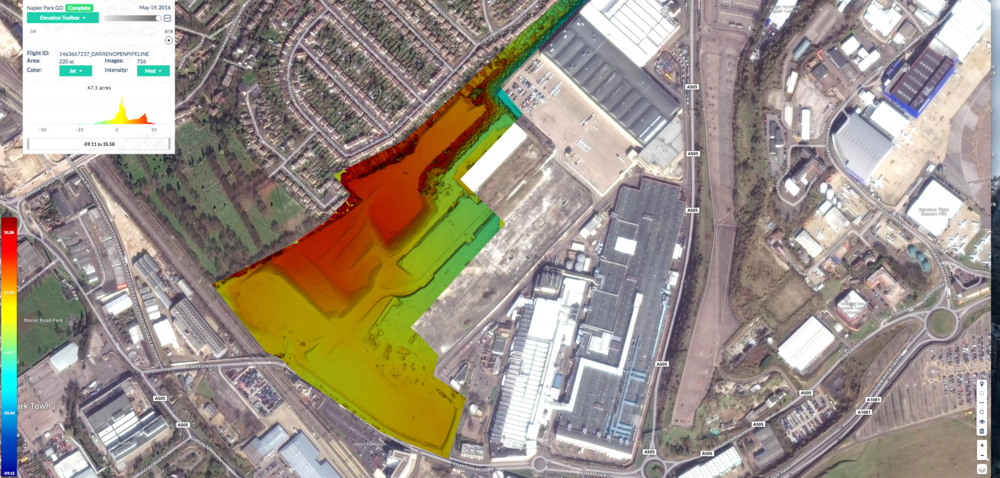Advancements in Geospatial Surveying: Revolutionizing Data Collection

Geospatial surveying has come a long way recently, with remarkable advancements that are revolutionizing just how we collect and analyze data. These innovations have opened up new possibilities and provided unprecedented accuracy and efficiency in various industries. Let's explore a number of the exciting advancements in geospatial surveying which are transforming the world of data collection.
One significant advancement is the integration of unmanned aerial vehicles (UAVs), often called drones, into geospatial surveying practices. Drones built with high-resolution cameras and LiDAR sensors can capture detailed aerial imagery and 3D point cloud data of vast areas quickly and cost-effectively. This technology has revolutionized mapping, environmental monitoring, and infrastructure inspections, providing real-time data for better decision-making.
Another game-changing innovation may be the development of mobile mapping systems. These systems start using a mix of GPS, LiDAR, and imaging sensors installed on vehicles to fully capture highly accurate geospatial data while driving or walking. Mobile mapping systems enable rapid data collection for applications such as road inventory, asset management, and urban planning, significantly reducing the time and effort required for traditional surveying methods.
Get more info in remote sensing technologies also have had a profound effect on geospatial surveying. Satellite imagery, aerial photography, and multi-spectral sensors now provide high-resolution and multi-temporal data, allowing for detailed analysis of large areas and tabs on environmental changes over time. This data is invaluable for land cover mapping, crop health assessment, and disaster response.
Geographic Information System (GIS) software has evolved to enhance data processing, analysis, and visualization capabilities. Modern GIS platforms enable integration of various data sources, such as survey measurements, satellite imagery, and demographic information, into comprehensive and interactive maps. These tools facilitate data-driven decision-making and enable better understanding and communication of complex spatial information.

Cloud computing and big data technologies have revolutionized data storage, processing, and sharing in geospatial surveying. Large volumes of geospatial data is now able to be efficiently managed and accessed through cloud-based platforms, allowing for collaborative work and seamless integration with other data sources. This accessibility has accelerated data analysis and decision-making processes, empowering users with real-time information.
To conclude, advancements in geospatial surveying have transformed just how we collect and utilize data, revolutionizing various industries. From the integration of drones for aerial mapping to mobile mapping systems for on-the-go data collection, these innovations have provided unprecedented accuracy, efficiency, and accessibility. Using remote sensing technologies, advanced GIS software, and cloud computing has further amplified the capabilities of geospatial surveying. As technology continues to advance, we are able to expect a lot more exciting developments which will further enhance data collection, analysis, and decision-making in the field of geospatial surveying.
